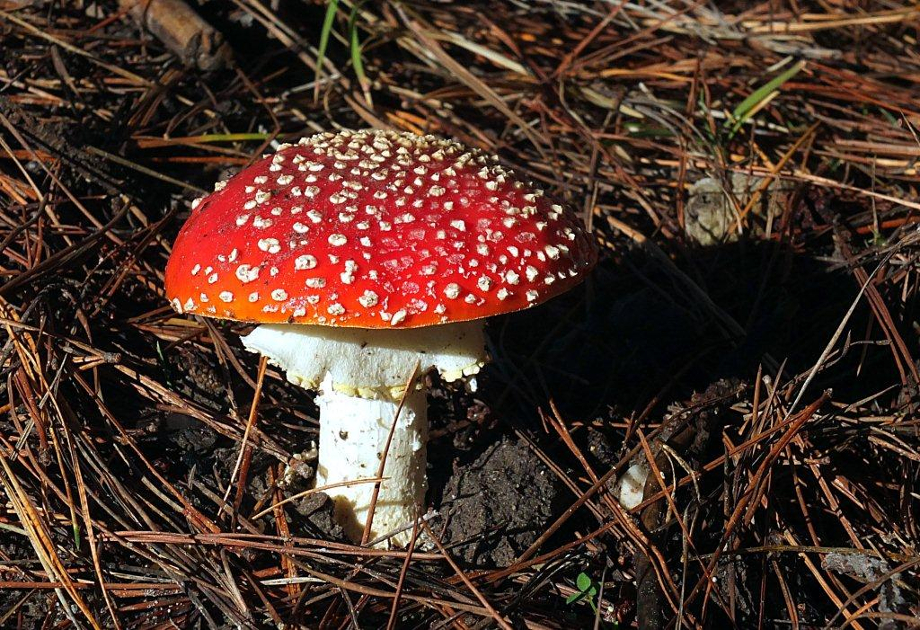
We have entered the fungi season. With mushrooms, puffballs, jellies, brackets and so on appearing all around us, this is your guide to some of the species you can find in Gippsland.
Image above: Fly Agaric, Stockdale. An introduced species to Australia. Usually associated with European softwood forests but there is some evidence of it appearing under eucalypts. Images and article by Gouldiae.
ADVERTISEMENT
The fungal kingdom is separate from the plant kingdom. Although many fungi do have similar characteristics to plants, they do not contain chlorophyll as all plants do. A fungus does not get its nutrients through the process of photosynthesis.
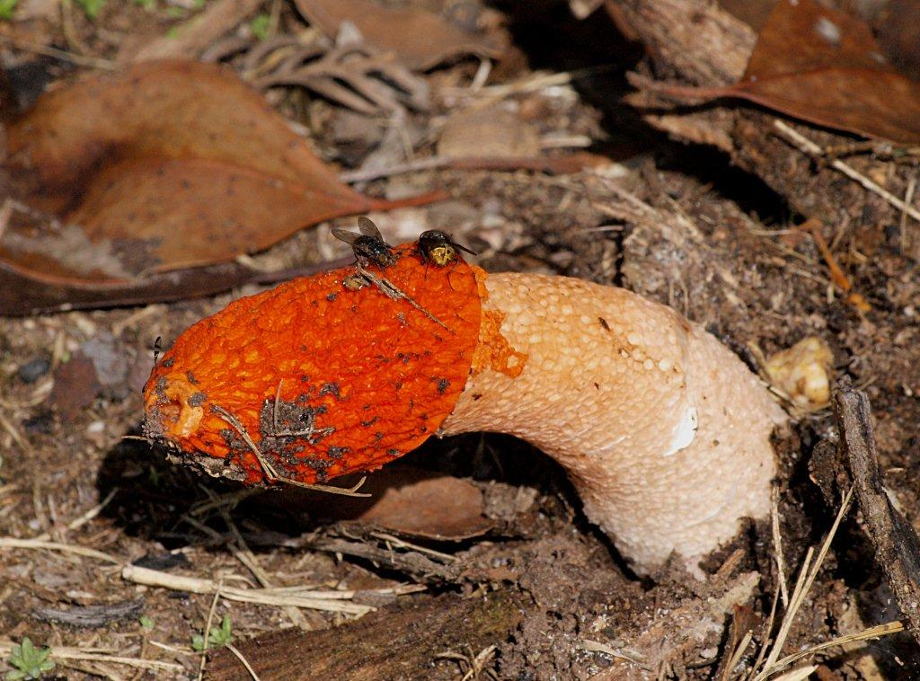
Above: Stinkhorn Fungus, Heyfield. A large family of mushrooms that are covered in a foul smelling slime.
There are many hundreds of thousands of species of fungi worldwide, many yet undiscovered and un-described. It is estimated that we have more than 250,000 species of fungi in Australia, of which only about 5 per cent have been described!
ADVERTISEMENT
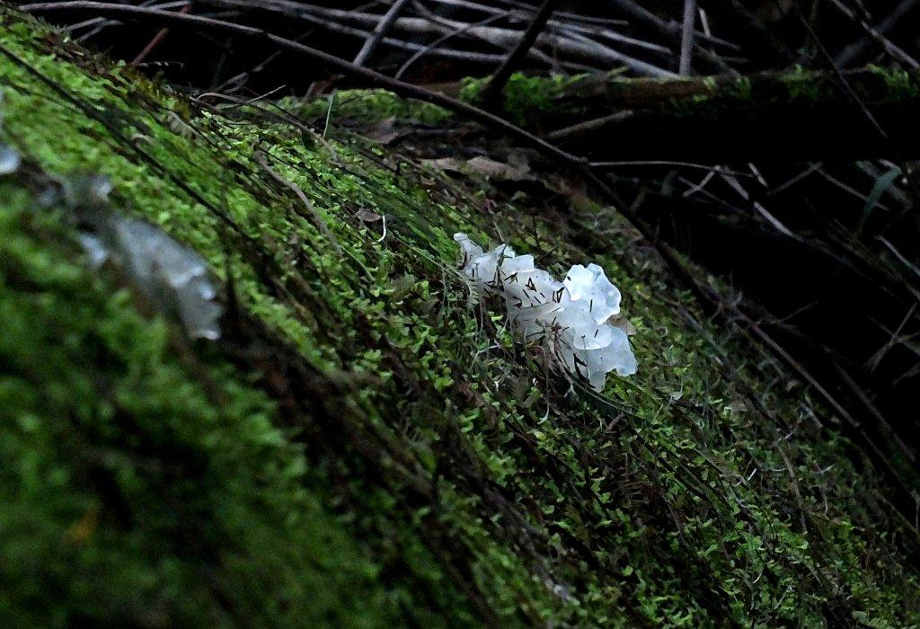
Above: Jelly Fungus, Jindivick. A fungus with a gelatinous texture that can appear in numerous forms and colours. Many are edible, even raw. (The Warragul Citizen does not advise eating or touching any wild fungi you find unless you really know what you are doing!)
Fungi play a vital role in the ecosystem. They are excellent decomposers of organic matter, helping return essential elements to the soil. Many plants and animals have a symbiotic relationship with some fungi and would not survive without a partnership with their favourite fungus. As many as 30 different Australian mammals are known to include fungi in their diet.
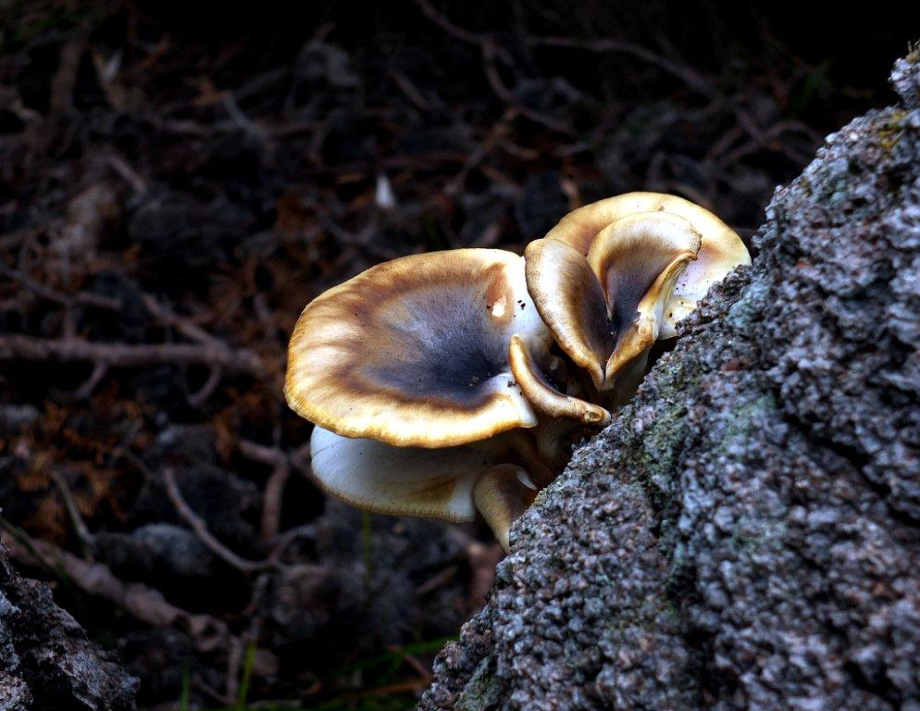
Above: Ghost Fungus, Port Albert. Found mostly on logs and stumps of dead trees and known principally for its bioluminescent properties.
The mushroom, puffball or toadstool that we see is only the fruiting body of the fungus and just a small part of the organism. Below the surface is a large and complex network of threads called the mycelium. The mycelium expands outwards, consuming nutrients as it goes and leaving a nutrient poor region behind. Consequently the organism is annular and when the fruiting bodies appear we often see them as ‘fairy rings’.
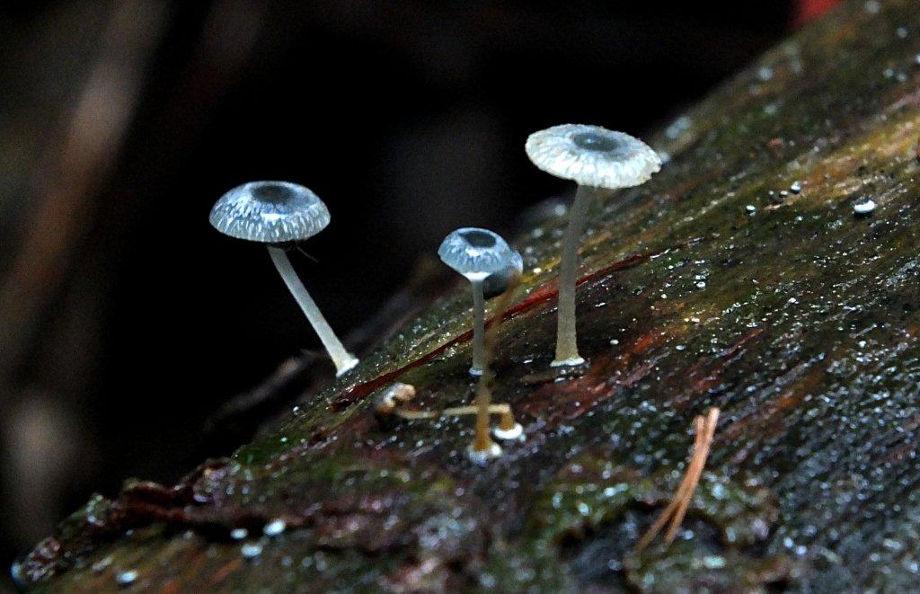
Above: Pixie’s Parasol, Labertouche. Found mostly on rotting timber in very wet areas.
ADVERTISEMENT
Over millions of years some fungi have evolved very specific substrates – the organic matter in which they like to grow. The common mushroom will just use organic matter in the soil. Some fungi prefer wood and will grow on live or dead trees, stumps and logs.
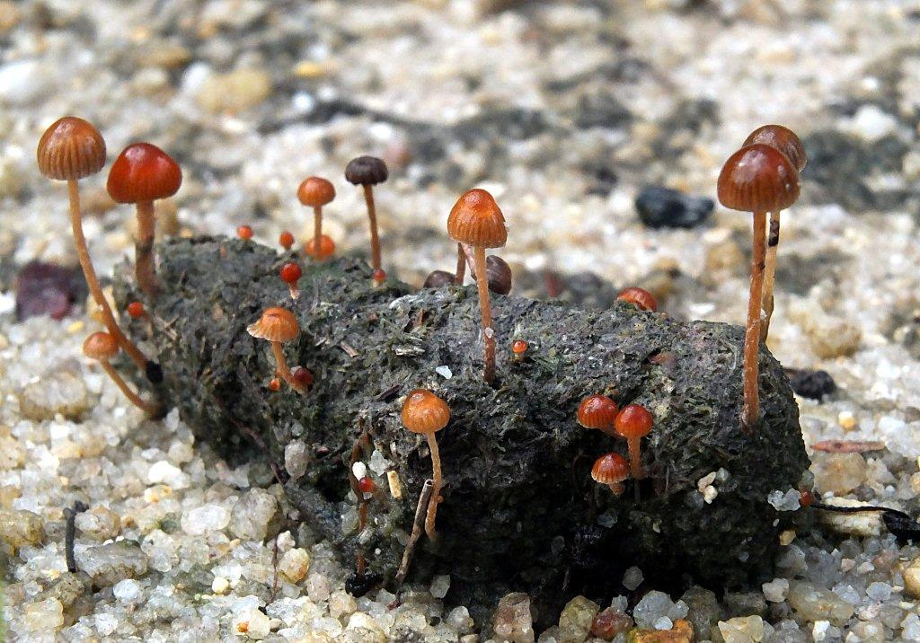
Above: Conocybe sp, Labertouche. A tiny species that likes to grow in animal scats.
Some like decaying animal matter, which is another popular substrate for certain fungi. Often the preference of these fungi can be as specific as whether the dung is from a herbivore or a carnivore!
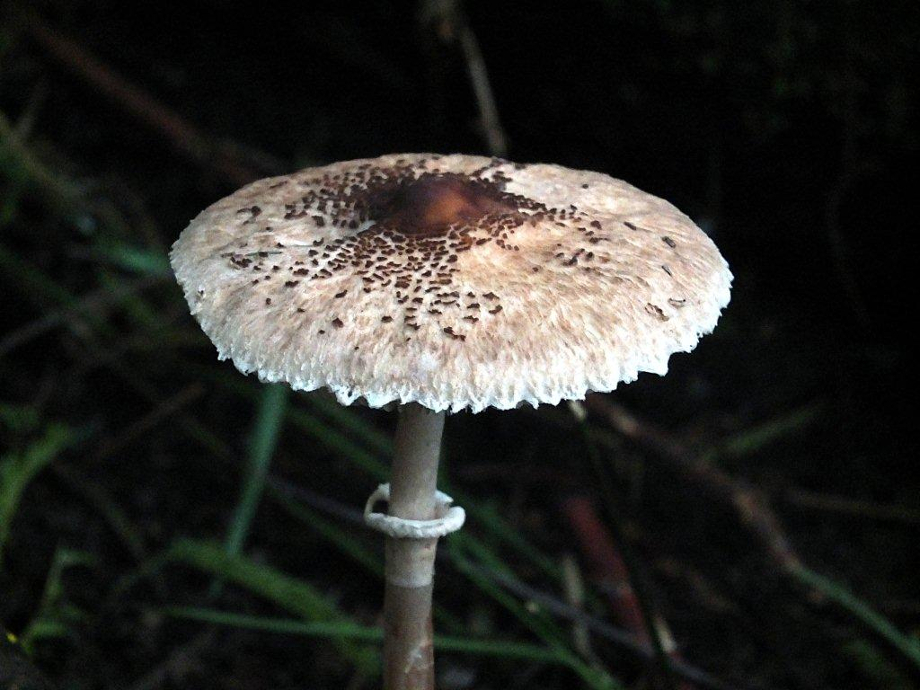
Above: Parasol Mushroom, Tarago reservoir. A variable species that can occupy a variety of habitats.
The humble fungus plays an essential role in helping to maintain the biodiversity of any ecosystem. Fungi are found worldwide in almost any environment, even at the bottom of the ocean. And apart from all of the above, they are beautiful!
For more from the author, click here to visit ‘Gouldiae’s Blog’.



